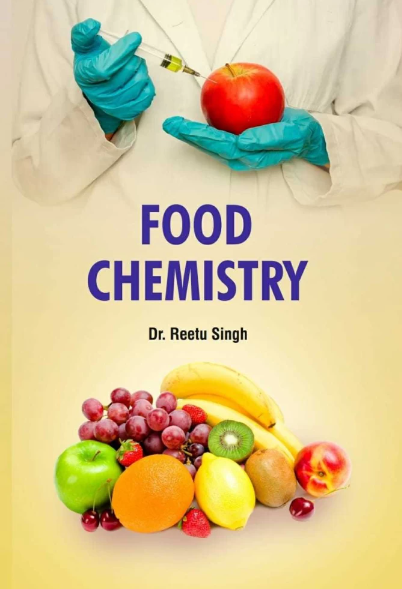A comprehensive analysis of meat quality degradation and identification of spoilage markers in chicken during refrigerated storage using multi-method approach
IF 8.5
1区 农林科学
Q1 CHEMISTRY, APPLIED
引用次数: 0
Abstract
In order to better understand the stability and safety of chicken meat during its storage, to comprehend the changing law of chicken meat, and to screen markers that could characterize the deterioration of chicken meat. In this study, traditional methods for the determination of physicochemical indicators, gas chromatography-ion mobility spectrometry (GC-IMS), electronic nose, and electronic tongue were used to elucidate the quality profiles of chilled chickens during the shelf-life of 0, 1, 2, 4, 6, 8, and 10 d at 4 °C, and non-targeted and targeted metabolomics were utilized for the screening and validation of deterioration markers of chicken meat. The results indicated that the texture of the chilled chicken changed first, followed by volatile flavors. Important aldehydes degrade and ketones and alcohols increase in chicken during storage. Purine metabolism was identified as the primary pathway influencing the deterioration of meat quality, with IMP and AICAR emerging as potential markers for meat quality deterioration. This study systematically analyzed the change rule of chicken meat during its shelf-life, screened markers that could characterize the deterioration of chicken meat, and these results provided a scientific basis for the quality control and shelf-life prediction of chicken meat. Additionally, it laid a foundation for the development of more effective preservation technology, deterioration early warning systems, and fast and convenient detection methods.

求助全文
约1分钟内获得全文
求助全文
来源期刊

Food Chemistry
工程技术-食品科技
CiteScore
16.30
自引率
10.20%
发文量
3130
审稿时长
122 days
期刊介绍:
Food Chemistry publishes original research papers dealing with the advancement of the chemistry and biochemistry of foods or the analytical methods/ approach used. All papers should focus on the novelty of the research carried out.
 求助内容:
求助内容: 应助结果提醒方式:
应助结果提醒方式:


